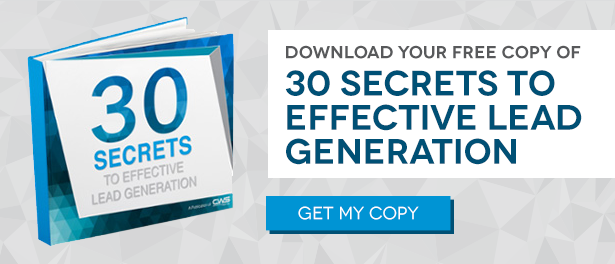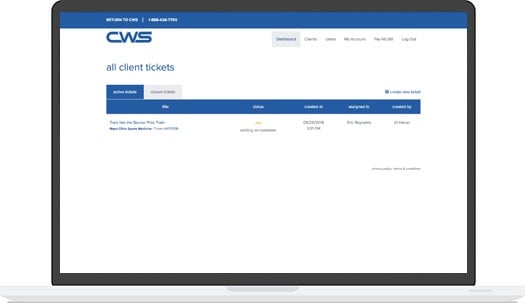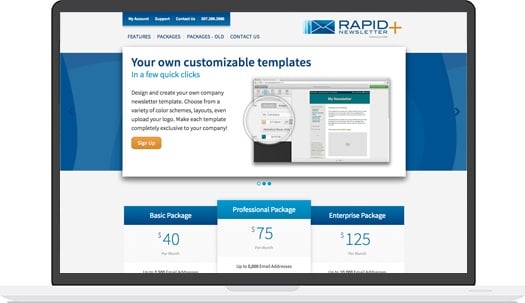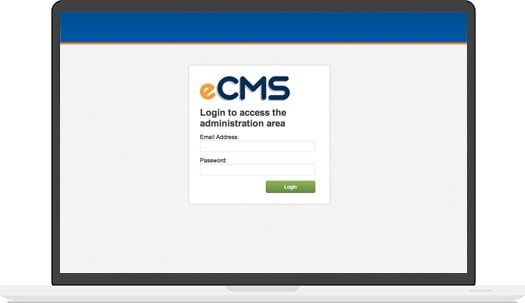Blogging is one of the key components of inbound marketing and has helped hundreds of businesses grow. Even at the rate of writing 1 post per week, you'll have 52 posts after one year, which is a lot of helpful Google juice.
Google juice is what I call the search engine link mojo that Google uses to send potential customers to you. It's a special concoction made from one part keywords and two parts awesome content. Here's an example of how it works using one of our own blog posts.
Earlier, we posted the blog article "7 Metrics to Check Your Inbound Marketing Effectiveness." The search term "inbound marketing" is a popular term, getting over 10,000 searches per month in the U.S. alone. Even though our blog post is fairly new, we're already showing up on the first page of the Google search results for "inbound marketing effectiveness."
This means that a lot of people who search for "inbound marketing effectiveness" will click to read our blog post. We don't have to pay anything for this, and the Google juice will continue to flow for months and probably even years.
Here are 7 steps to help you get started blogging and bring in your own flood of potential customers.
Step 1: Know why you want to blog
For most companies, the main reason for blogging will be for inbound marketing—to attract more leads via useful blog posts. You'll also write to establish your company (or yourself) as an expert. Other reasons might include entertainment and sharing news. Know what your main reason is and keep that top-of-mind. It will make a big difference in how effective your writing is.
Step 2: Know who you are blogging to
Begin by developing buyer personas. According to HubSpot, "A buyer persona is a semi-fictional representation of your ideal customer based on market research and real data about your existing customers." In other words, you're creating characters that represent your ideal customers.
You may have more than one buyer persona for your business. Here is a free toolkit to develop your own targeted persona.
Step 3: Create a list of categories and topics to blog about
Don't create a detailed list of posts right away. Start with a few broad categories that will be interesting and useful to your personas and somewhat related to what you do. For example, CWS uses inbound marketing, websites, social media, and leadership as categories. Once you have these,brainstorm a few specific blog topics for each category. This won't be too difficult because these topics will be related to your business expertise and services.
Step 4: Write your blog posts
This is a huge topic that can be covered in an entire book; so instead, here are a few tips:
- Do keyword research and use your keywords in both the title and content
- Write blog posts in the 1,000 to 2,000-word range
- Include a main image and 3 to 4 images that supplement your content
- Use subheadings and write short paragraphs
- Link to previous blog posts
- Outsource blog writing if it feels to onerous or if writing isn't your strength
Step 5: Use a blogging schedule
Also called an editorial calendar, a blogging schedule makes it easy to keep track of what blog posts will be released on what day. From there, you can then work backward and determine when you need to start writing your blog post. If you work with a team, you can also determine and schedule who will do the editing, add images, create a lead magnet or CTA (call-to-action), and publish. CWS uses Trello for our editorial calendar, and we love it!
Step 6: Have a follow-up plan
After someone reads your blog post—then what? Too many company blog posts have no call-to-action and no follow-up. If your main point for writing a blog post is to attract potential customers, you need to have some plan to capture those leads. One of the most effective ways to capture leads is to end your blog post with a call-to-action.
At CWS, we end every blog post with a free offer that is related to the blog content. This free offer is called the call-to-action. When you click on the image link, you're brought to a landing page where you can fill in your name and email and download your free offer. This offer is also called a lead magnet because it attracts leads.
Once we have our lead's email, they are subscribed to our email list. We use a system involving the HubSpot software that makes the email marketing process easy. It is better for our leads because we can then only send the information that is most useful to them.
Step 7: Use social media to spread the word
Now that everything is finally in place, and your blog post is available to the world and ready to start attracting leads, it's time to let everyone know. This is where social media excels. While social media is not very useful for direct selling, it's excellent at indirect selling through sharing information.
If you have a main image for your blog post (a best practice), use this image to post to all of your social media platforms. For a great example of how this should look, head on over to our CWS Facebook page and look at our last several posts. Most of them are posts about our latest blog articles. We include a one-line summary or humorous comment, and we then link to the blog post and include our main blog image.
Also, remember to follow the unwritten rules of behavior for each social media platform. For example, you should only post once on Facebook, but on Twitter you should post several times on different days at various times of day.
And there you go, seven easy steps to start blogging. Once you get the hang of it, you'll find it's pretty simple. Just like riding a bike. You'll fall down several times, skin your knees, suffer minor concussions, and end up riding 40 mph down a busy street yelling, "Look, Ma—no hands!" 

.jpg?t=1533315998368) How-To Articles
How-To Articles Support Portal
Support Portal Webmail
Webmail Rapid Newsletter+
Rapid Newsletter+ eCMS
eCMS

 Our content team is made up of thought leaders, strategists, and content creators who have more than 70 years of combined experience. With a wide variety of backgrounds as entrepreneurs, marketing gurus, healthcare associates, as well as plenty of experience in other industries, we help grow businesses with our relevant, trusted, and helpful resources.
Our content team is made up of thought leaders, strategists, and content creators who have more than 70 years of combined experience. With a wide variety of backgrounds as entrepreneurs, marketing gurus, healthcare associates, as well as plenty of experience in other industries, we help grow businesses with our relevant, trusted, and helpful resources.
